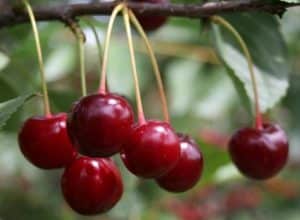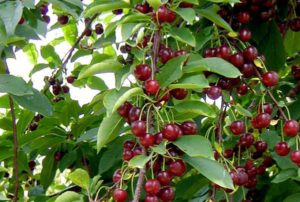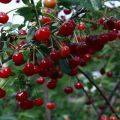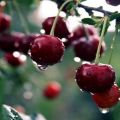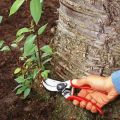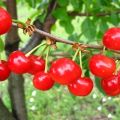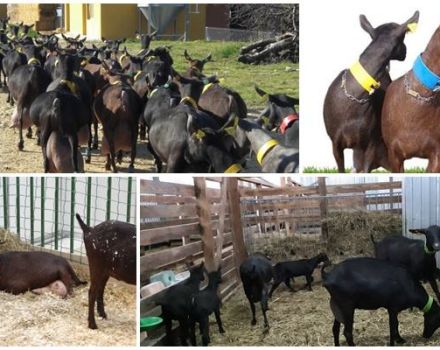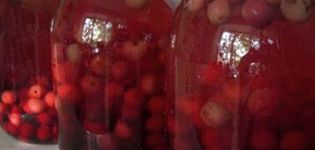Description and characteristics of Cherry varieties Generous, advantages and features of cultivation
Garden plants do not tolerate cold and low temperatures poorly. This does not apply to the Cherry tree of the Generous variety: the bush can withstand frost down to -45 ºС, while the species is fruitful and tasty. The trees live long - 30 years or more. During this time, with proper care, many ripe, sun-filled berries are harvested.
Description of the variety
The name for the frost-resistant, hardy hybrid was not chosen by chance: the cherry is truly generous, giving its owners a lot of delicious fruits rich in vitamins and microelements.Despite such brilliant results, the variety was obtained after unexpected pollination by other brands of seedling of the Ideal species. Further, the breeders identified and fixed the signs, brought out a new variety for cultivation in the extreme conditions of Siberia and the Urals.
The description of the variety should be supplemented with a couple of details: the trees grow undersized - up to 1.5-2 meters, with branches widely scattered to the side, like a steppe cherry. The berries are medium-sized, with a rich dark red hue, with delicate pulp and a delicate sweet and sour taste.
Cherry appearance
Outwardly, Generous does not stand out in anything: its advantages are hidden in frost resistance and endurance. An ordinary tree with a spreading crown, strewn with small, cherry-colored berries.
Wood
Trees of the variety will not be tall, so some are suitable for cultivation in the private sector and in summer cottages. The orientation of the shoots is vertical, the buds are of a characteristic sharp shape, small. The leaves are bright green, rounded, with small denticles along the contour. In one inflorescence 3-4 buds grow, petals are white, freely placed.
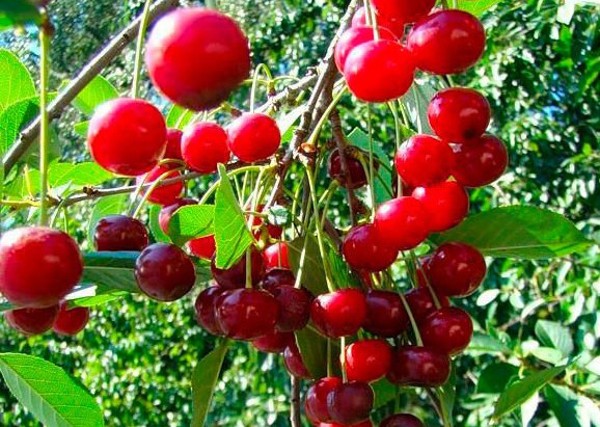
Fetus
Cherries are small, rounded, dark wine color, weighing up to 5 grams. Ripening, they do not crack, retain their shape. The pulp is juicy, sweet, without cloying, slightly sour. The bone is easily separated from the core. The tail is long, not thick. One berry contains:
- acids - about 1.5%;
- sugar - up to 7%;
- dry components - 12.2%.
In 100 grams of cherries - up to 13 milligrams of ascorbic acid, a lot (318 milligrams) of vitamin P. The fruits are resistant to shedding.
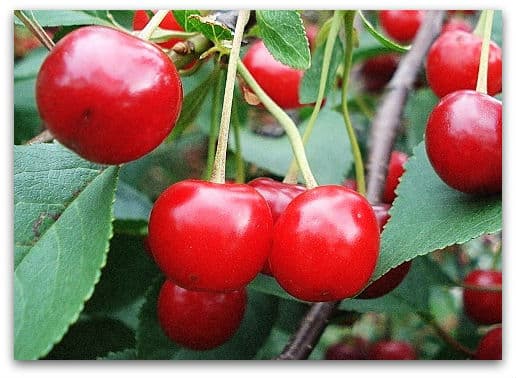
Growing features
Gardeners unanimously agreed that it is best to plant Generous in the spring. The variety is striking in its unpretentiousness, tolerance to soil composition.
It is recommended to determine, as a site for growing, a bright, well-lit place on a small hill and with light, drained soil.
Drafts will damage the cherry - you need to protect the tree from the wind. In the fall, they dig up a future planting site, fertilize.A mixture of manure with water or mineral compositions is suitable. A hole is formed up to half a meter deep, filling it with a soil mixture: earth, compost and superphosphate (30 grams). Wood ash can be added. After planting the seedling, the earth is slightly tamped, a roller is created around the perimeter - it will be useful for watering.
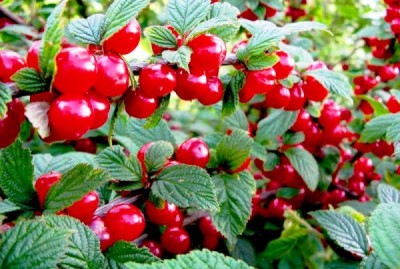
Care
A young cherry is watered immediately after planting with 3-4 buckets of water, cover the soil with a layer of mulch. This is the care of the plant in the first years of its life: watering, loosening and getting rid of weeds. In the fall, they carefully dig up the root zone (by 10 centimeters, no more). The first feeding is applied for 3 years: complexes with a nitrogen content (urea, saltpeter) are suitable. After the beginning of fruiting, the tree requires increased "nutrition", you can gradually increase the dose of fertilizers. Liming is applied (once every 5 years), feeding with phosphorus and potassium (in the fall, during digging).
Variety characteristics
The variety is appreciated for its hardiness: ability to withstand dry weather, low susceptibility to severe frosts and self-pollination. A real gift for the experienced gardener or the beginner. It remains to add to this a good yield and excellent taste.
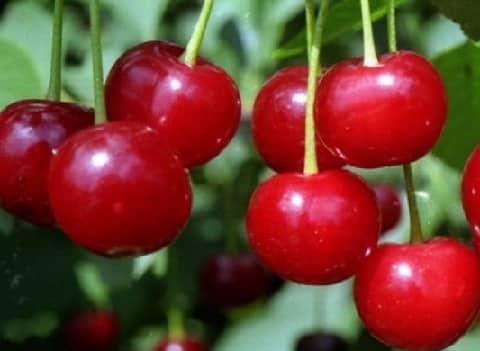
Drought tolerance
Generous loves water, but prefers to do without excess moisture. Therefore, it tolerates periods of drought well, being a direct descendant of an unpretentious steppe plant.
Winter hardiness
It is unbelievable, but true: the tree will not suffer even in Siberia, at ambient temperatures down to -45 ºС. Only wind and icing of branches can damage it, because of which the shoots can break.
Pollination
This variety is self-pollinating - no need to worry about the formation of ovaries and planting additional plants. Gardeners advise placing cherries of the species Vole, Standard of the Urals, Subbotinskaya next to the tree - this will increase the yield.

Disease resistance
The species demonstrates high resistance to pathogens of common garden ailments, but sometimes it is susceptible to moniliosis and coccocomycosis. With the observance of preventive measures, the plant copes with diseases, while maintaining a healthy appearance and yield.
Diseases and pests
After seasonal precipitation, unwanted "guests" appear on the tree - fungal diseases in the form of gray moss (moniliosis), reddish spots on foliage (coccomycosis). It is impossible to avoid damage, you should carefully monitor the condition of the plant, spray it with an aqueous solution of copper oxychloride, remove damaged fruits, leaves and branches. From pests on Generous, aphids, slimy cherry sawfly can settle.
In order to avoid the spread of infection, in the fall, they carefully loosen the soil around the plant, burn foliage and fallen branches, and treat it with chemicals.
